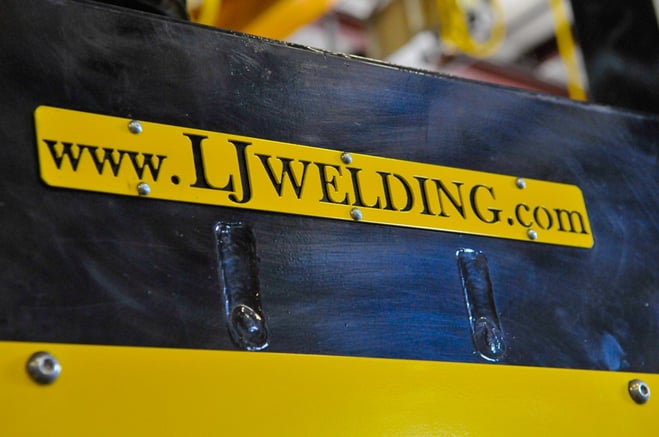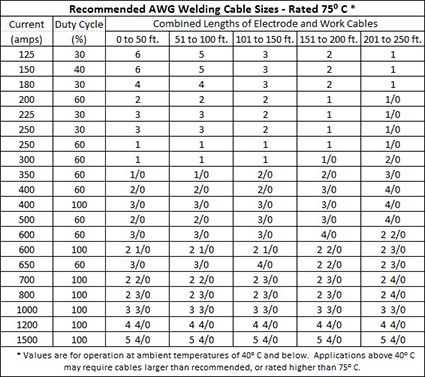
What exactly is welding? Simply put, welding is the art of using electricity to melt and join metal. And metal melts when you run a lot of current through it – just like that tiny wire in an electric fuse. Relatively speaking, you need a lot of current to melt welding wire when compared with the amount of current needed to destroy the circuit board on a turntable or welding positioner (or any other device that is contacting the work-piece that is being welded). That means that a welder having trouble striking an arc on a work-piece is actually melting something – but not the something that he’s trying to melt - that electrical energy will travel along the easiest path it can back to the welding power source. If that path runs through any circuitry there will be two indications that something bad has happened: your wonderful positioner/turntable will stop working, and you’ll notice a stench of burnt circuit-board coming from the enclosure on your positioner or turntable.
The equipment manufacturer who makes your positioners, turntable, or other material handling equipment, has done their best to isolate the machinery from these kinds of stray currents by isolating the electrical components as much as possible from the work-piece – but it is still possible to damage this kind of equipment with an incorrect setup. I remember one story of a welder calling in telling us his positioner wouldn’t work – after trying to diagnose the problem on the phone, we sent a technician out to investigate: his problem didn’t make sense. When our technician arrived, he first noticed that the welding ground clamp was attached to the adjacent positioner – not the one being used to weld – and the power cord to the positioner was laying smoking on the floor: current had travelled from the work-piece, through the building ground, and back to the welding power source – making a mess of things as it went.
A chain is only as strong as its weakest link – the same is true for a welding circuit. There are two primary links in a welding circuit that can cause poor performance: an incorrectly sized cable, and loose or bad connections.
Having a welding ground connected to your work-piece and your welder is not enough – the welding ground needs to be sufficiently sized to handle the welding current – else the remaining current is going to try to find easier paths back to your welding power source. This is especially true when performing submerged arc welding (SAW). A single 4/0 welding cable may only be able to handle 500Amps of current depending on the length of the cables and duty cycle. I remember one client telling me that his cables eventually heat up and wear out and then they replace them as though it were a consumable cost: welding cables are not a consumable unless they’re improperly sized. I sized the welding cables on his new manipulator properly and he raves about it. Not only do improperly sized welding cables heat up and pose a risk of fire, but they also cost you power: instead of that electrical energy going into the weld puddle, it’s now being used to warm up your cables. The chart below (courtesy of Lincoln Electric) shows the recommended welding cable sizes for a given current and duty cycle. Copper is not cheap – so melting cables will cost you much more than having them correctly sized in the first place.
Once the cables are correctly sized, the last potential issue comes from the tightness of your connections and integrity of your cable. A loose connection or frayed cable is like going from a big fat 4/0 welding cable down to a little piece of 14 gauge wire: it’s going to heat up there and do something bad - melt the insulation, cause a fire, or shock someone. Sometimes a work-piece has paint or rust or shellac on the surface – before connecting the welding ground to the work-piece, it is best to expose the bare metal to make good contact. Any bolted connections – whether to your welding torch, cable extensions, etc. should always be tight, covered (for safety), and checked before welding.
Sometimes a rotary ground is necessary when you are welding on a rotating work-piece. These kinds of grounds are available from Tweco and can prevent twisting of your ground cables (which can cause them to fray). When using these grounds, a good connection is just as important – only this connection is made between two sliding surfaces that need to be lubricated with conductive grease. Keeping rotary grounds properly greased and connected will ensure that you always have a good contact to your work-piece.
Stay grounded – and happy welding!
Have a question?








